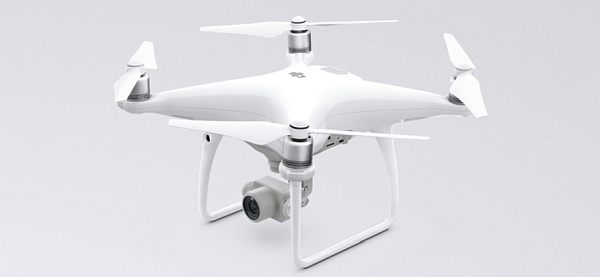Podcast: Play in new window | Download (Duration: 33:33 — 23.1MB)
Subscribe: Google Podcasts | Email | RSS
DJI drones come under attack for data transmissions, the U.S. Army responds, military installations get approval to take down drones, a Navy fighter is forced to take evasive action, automated approval to fly in airport airspace, and thrust-assisted perching.
UAV News
Drone Data Security
sUAS News describes the data they say is collected during the flight of a DJI drone, logged into your DJI Go app, and transmitted back to DJI Servers.
US Army calls for units to discontinue use of DJI equipment
The U.S. Department of the Army issued a “Memorandum for Record” directing military installations to “Cease all use, uninstall all DJI applications, remove all batteries/storage media from devices, and secure equipment for follow on direction.” This is in reaction to U.S. Army Research Lab and U.S. Navy studies that concluded there are operational risks associated with DJI equipment.
A government study found DJI drone, banned by US Army, kept data safe
In October 2016, the National Oceanic and Atmospheric Administration (NOAA) tested a DJI DJI S-1000 using a packet sniffer to monitor transmissions between the drone and the computer. NOAA’s report states that “The majority of transactions to the DJI servers were to login to DJI servers hosted at both Amazon Web Services and Linode to check for software updates. These transactions are quite common for software of this type, and nothing unusual was detected during the experiment.” Further, “There was no evidence whatsoever of any attempt by any software to transfer any data from the aircraft.”
However, one of the authors of the NOAA study observed a different result when he tested personal Phantom 3. The Phantom was sending encrypted data back to DJI servers.
New policy: Military bases can shoot down trespassing drones
In July, a classified policy was sent to the services from the Pentagon. More recently unclassified guidance was sent concerning how to communicate the new policy to local communities. Pentagon spokesman Navy Capt. Jeff Davis said military installations “retain the right of self-defense when it comes to UAVs or drones operating over [them.] The new guidance does afford of the ability to take action to stop these threats and that includes disabling, destroying and tracking.”
Iranian drone forces US jet to take evasive action
A Navy F/A-18 had to make an evasive maneuver while trying to land on the USS Nimitz aircraft carrier in the Persian Gulf. An Iranian QOM-1 drone came within 100 feet below the F/A-18 and 200 feet to the side.
50 Airports Across the U.S. to Adopt Automated Airspace Authorizations for Drones
The FAA Unmanned Aircraft System Traffic Management (UTM) page says, “The FAA is currently in acquisition for the first step of a UTM system, the Low Altitude Authorization and Notification Capability (LAANC), which supports air traffic control authorization requirements for UAS operations conducted under the Special Rule for Model Aircraft (part 101e) and the Small UAS Rule (part 107). The current airport notification and airspace authorization processes are manual for the small UAS. LAANC will provide part 101 & 107 UAS operators a streamlined solution to enable real time automated notification and authorization.”
Now fifty airports will start using LAANC in Autumn 2017. UAS operators will be able to apply for automated authorizations to fly in controlled airspace around those airports.
UAV Video of the Week
Innovative Vertical-Landing Drone Can Stick to Walls Like a Fly
Researchers at the University of Sherbrooke in Quebec, Canada have developed the fixed-wing Multimodal Autonomous Drone (S-MAD) that is capable of repeated perching and take-off cycles.
The S-MAD: A Drone Landing on Walls Like a Bird
xxxx

